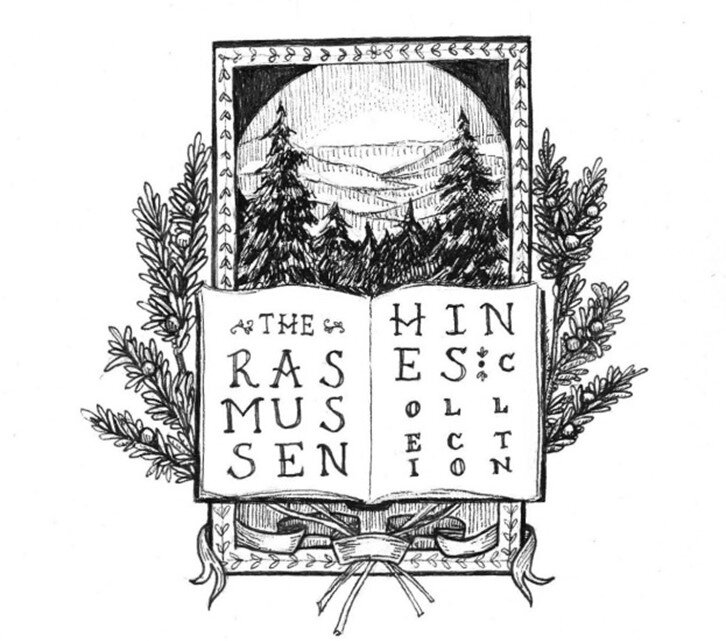DEKKER, Thomas. The Second Part of the Honest Whore, with the Humors of the Patient Man, the Impatient Wife: the Honest Whore perswaded by strong arguments to turne Curtizen again: her braue refuting thoe Arugments. And lastly, the Comicall Passages of an Italian Bridewell, where the Scaene ends. London: printed by Elizabeth All-de, for Nathaniel Butter, An. Dom. 1630.
4to: A-L4 (lacks L4, blank). First edition. Woodcut device to title, woodcut initial and head-piece, title shortened at foot and fore-edge, label removed from title with small hole resulting, A2 top corner trimmed, very small rust hole to B1 with loss to 1 letter, L3 torn and repaired with loss to a few letters at inner margin.
In 1605/6, Dekker wrote this play as a sequel to The Honest Whore, a collaboration with Thomas Middleton likely written c. 1603/4. Although Part 2 was entered in the Stationers’ Register in 1608 by Thomas Mann, it was not published until 1630, when the rights were transferred to Nathaniel Butter. Elizabeth Allde printed the text; after her husband’s death in 1628/9, she took over their business and ran it successfully until 1640, when she passed it on to her son.[1] In Part 1, Bellafont, the “honest whore,” renounces prostitution for love of the nobleman Hippolito; Hippolito eventually marries his lover Infelice, the Duke’s daughter, and the Duke forces Matteo, the man who took Bellafont’s virginity, to marry her. In Part 2, Matteo has returned to a life of debauchery, but Bellafont is determined to remain virtuous, much to the despair of Hippolito, who now desperately wants to seduce her. Infelice and Bellafont’s father engineer a happy ending.
The provenance of this particular copy is emblematic of the transatlantic movement of early modern books within the early-twentieth-century rare book trade. It was acquired by Alfred Huth (1850-1910), son of famed bibliophile Henry Huth (1815-1878), sometime after his father’s death in 1878 and after the completion of the Huth library catalogue in 1880, as it does not appear in said catalogue. He may have purchased it at the 1904 Sotheby’s sale of the collections of W.G. Thorpe and Charles Longuet Higgins; the description of the copy sold, “Corner of B1 wanting, unbound,” could be consistent with the Rasmussen-Hines’ copy’s hole on B1 and would explain its twentieth-century binding. The younger Huth continued to expand his father’s library, eventually bequeathing to the British Museum fifty volumes of their choice and directing the rest of the books to be sold. This copy of Part II is listed in the catalogue for the 1911 sale. It appears to have been purchased by Henry E. Huntington, who then sold this copy in 1918. In fact, the Huntington collection sold three copies of Part II at that sale—Huntington’s holdings had grown too substantial to keep everything. At that time, it was purchased by John L. Clawson (1865-1933), a wealthy dry-goods merchant from Buffalo, NY. Its whereabouts after 1924, when Seymour de Ricci catalogued Clawson’s library, are unknown, but it was acquired sometime in the twentieth century by Howard and Linda Knohl of Anaheim, CA, for their Fox Pointe Manor library. The Rasmussen-Hines Collection purchased this volume in 2019.
Dr. Molly G, Yarn
[1] For more on women in the early modern book trade, see the work of Maureen Bell, Helen Smith, et.al. The collection Women’s Labour and the History of the Book in Early Modern England, edited by Valerie Wayne (Bloomsbury Arden Shakespeare, 2020) includes multiple chapters on women stationers, as well as a preliminary list of women stationers, 1540-1640, compiled by Alan Farmer.

